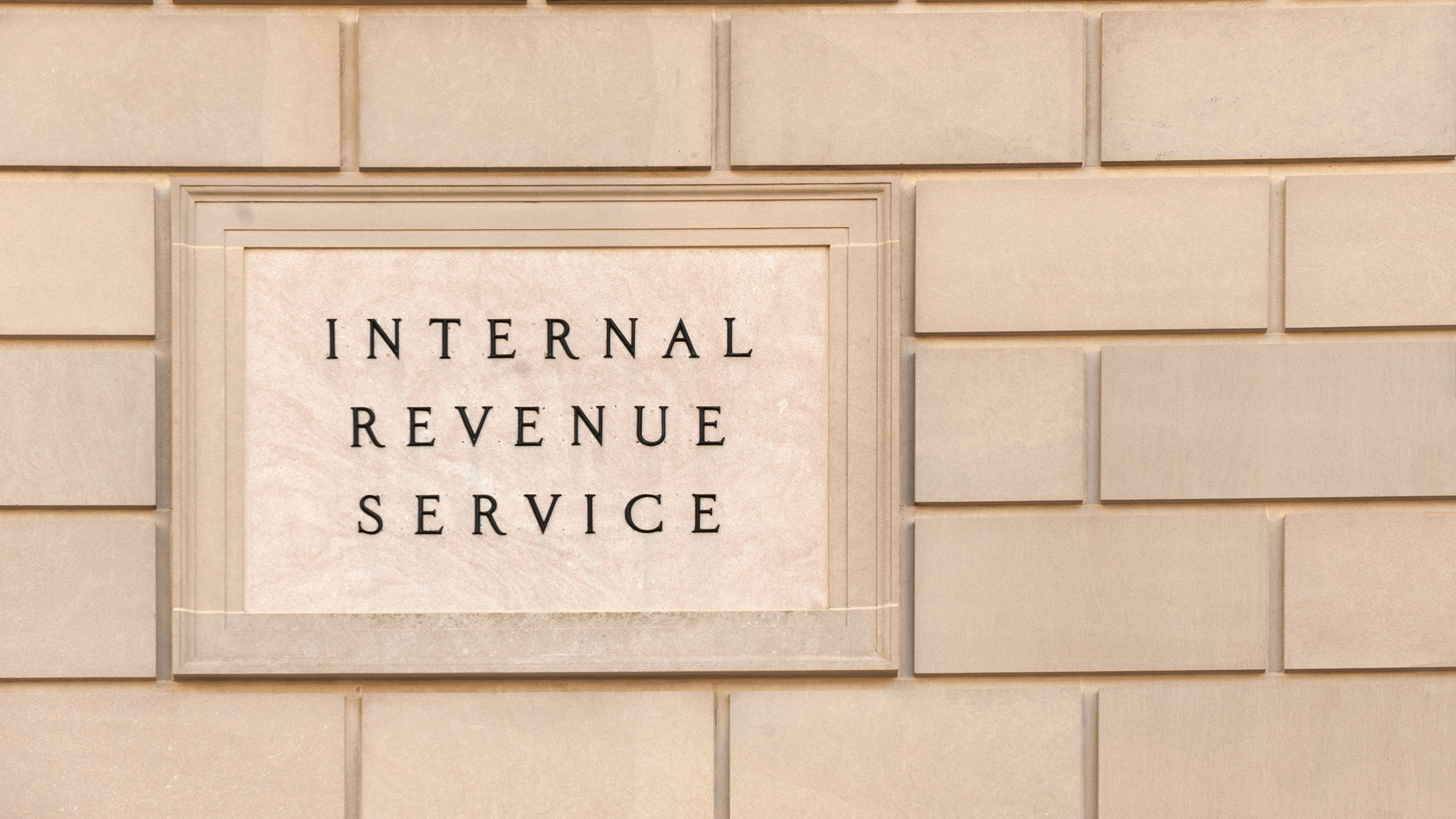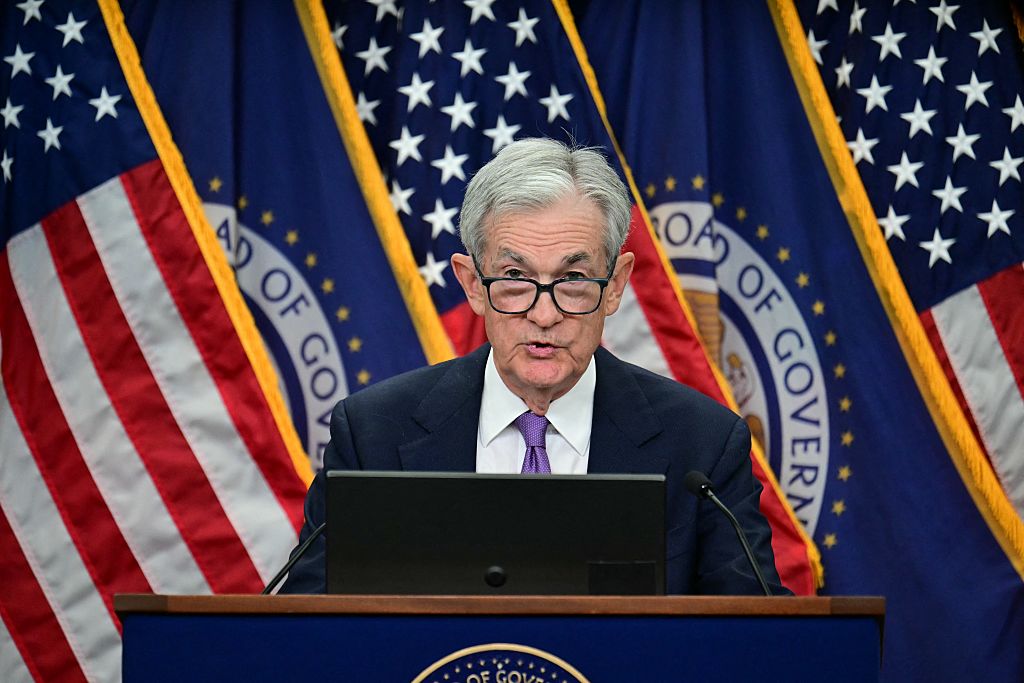Three Ways President Trump Could Impact the Economy
Some of Trump's top priorities could boost economic growth, but others risk fueling inflation.

To help you understand what is going on in politics and the economy, our highly experienced Kiplinger Letter team will keep you abreast of the latest developments and forecasts (Get a free issue of The Kiplinger Letter or subscribe). You'll get all the latest news first by subscribing, but we publish many (but not all) of our forecasts a few days afterward online. Here’s the latest...
How will Trump 2.0 shape the economy? President-elect Donald Trump will enter office on January 20, 2025, promising a mix of policies, some of them pro-growth and others that risk raising inflation. Some of them will be more doable, politically, than others. Trump, like all presidents, can do a great deal on his own. But some of his biggest plans require legislation.
Trump aside, the economy is fairly solid. Unemployment should remain low this year, as businesses pull back on hiring after the frenzy of the pandemic, but also refrain from big layoffs. Consumers figure to keep spending, as long as they feel secure about their jobs. The rise in stock and home prices also supports spending. (Of course, any sudden drop in the market or decline in home prices would have the opposite effect. We don’t foresee such a downturn on the horizon, but bear markets have a way of arriving suddenly.) Worker productivity is on the rise, helping to boost wages without necessarily fueling inflation.
So, Trump will have some winds at his back when he starts enacting some of his campaign ideas.
From just $107.88 $24.99 for Kiplinger Personal Finance
Become a smarter, better informed investor. Subscribe from just $107.88 $24.99, plus get up to 4 Special Issues

Sign up for Kiplinger’s Free Newsletters
Profit and prosper with the best of expert advice on investing, taxes, retirement, personal finance and more - straight to your e-mail.
Profit and prosper with the best of expert advice - straight to your e-mail.
1. Taxes
A growth-boosting tax bill is likely by year-end. But details remain in flux. Extending the expiring provisions of Trump’s 2017 tax cut is most probable. Additional corporate tax reductions could be on the table as part of the bill. Exempting overtime pay or Social Security benefits from tax is less likely, despite Trump’s campaign promises. Trump will need virtually every House GOPer to pass any tax bill since no Democrats will vote for it. And some House Republicans are likely to blanch at dramatically cutting taxes when the deficit is already so high. Whatever tax bill passes, expect most of it to take effect next year, not in 2025.
2. Tariffs
Another priority, tariffs, is an area where Trump can take action himself. He’s threatening sweeping tariffs, but we look to a more targeted strategy of asking trade partners for economic and diplomatic concessions to head off duties on most of their imports. That was his MO in his first term. Still, tariffs will increase to some extent and could jump broadly if targeted countries can’t reach agreements with Trump. Given that the U.S. is a net importer, higher tariffs will increase prices on some retail goods or business inputs, adding to inflation. But as with any tax bill, the impact may hit in 2026. Importers have been stockpiling in light of possible tariffs.
3. Immigration
On immigration, it’s unclear what Trump can do to deport unlawful migrants (more on that below). But large-scale deportations would tend to increase wages — good for lawful workers, but a hit for employers that could lead to price increases. Don’t be shocked if Trump prioritizes deporting migrants with criminal convictions, but rethinks broader deportations if they prove to be too economically disruptive.
President-elect Trump’s deportation agenda will be difficult to carry out. The biggest question relates to Trump’s promised use of the U.S. military to expedite the effort, an idea he in some ways trial-ran during his first term in office. Presidents have repeatedly been able to employ the National Guard at the southern border — Democrats and Republicans alike — even finding legal ways to circumnavigate the prohibition against the military enforcing domestic law. Trump may also use the regular military to house or transport some deportees. Declaring a national emergency may also help grease the wheels of funding.
Take note of the industries most vulnerable to an immigration crackdown: Construction, where an estimated 13.7% of the workforce is undocumented, including 39% of plasterers and stucco masons, 36% of drywall/ceiling tile installers and tapers, 36% of roofers, and 31% of painters and paperhangers, to name a few and agriculture, where 12.7% of workers are undocumented, including 28% of graders and sorters (the people who evaluate and classify agricultural products.)
This forecast first appeared in The Kiplinger Letter, which has been running since 1923 and is a collection of concise weekly forecasts on business and economic trends, as well as what to expect from Washington, to help you understand what’s coming up to make the most of your investments and your money. Subscribe to The Kiplinger Letter.
Related Stories
- Can a President Fix Inflation? Here's What Donald Trump Could Do
- Trump's Stances on Social Security and Medicare
- 5 Ways the Second Trump Term Could Affect Your Finances
- Trump Pushes for ‘One Big, Beautiful Bill’ With Focus on Tax Cuts
Profit and prosper with the best of Kiplinger's advice on investing, taxes, retirement, personal finance and much more. Delivered daily. Enter your email in the box and click Sign Me Up.

David is both staff economist and reporter for The Kiplinger Letter, overseeing Kiplinger forecasts for the U.S. and world economies. Previously, he was senior principal economist in the Center for Forecasting and Modeling at IHS/GlobalInsight, and an economist in the Chief Economist's Office of the U.S. Department of Commerce. David has co-written weekly reports on economic conditions since 1992, and has forecasted GDP and its components since 1995, beating the Blue Chip Indicators forecasts two-thirds of the time. David is a Certified Business Economist as recognized by the National Association for Business Economics. He has two master's degrees and is ABD in economics from the University of North Carolina at Chapel Hill.
-
 5 Types of Gifts the IRS Won’t Tax: Even If They’re Big
5 Types of Gifts the IRS Won’t Tax: Even If They’re BigGift Tax Several categories of gifts don’t count toward annual gift tax limits. Here's what you need to know.
-
 The 'Scrooge' Strategy: How to Turn Your Old Junk Into a Tax Deduction
The 'Scrooge' Strategy: How to Turn Your Old Junk Into a Tax DeductionTax Deductions We break down the IRS rules for non-cash charitable contributions. Plus, here's a handy checklist before you donate to charity this year.
-
 IRS Says You Made a Tax Return Mistake? A New Law Could Help You Fight Back
IRS Says You Made a Tax Return Mistake? A New Law Could Help You Fight BackTax Law Updated taxpayer protections change what the IRS must explain on error notices and how long you have to respond.
-
 What to expect from the global economy in 2026
What to expect from the global economy in 2026The Kiplinger Letter Economic growth across the globe will be highly uneven, with some major economies accelerating while others hit the brakes.
-
 December Fed Meeting: Updates and Commentary
December Fed Meeting: Updates and CommentaryThe December Fed meeting is one of the last key economic events of 2025, with Wall Street closely watching what Chair Powell & Co. will do about interest rates.
-
 The AI Boom Will Lift IT Spending Next Year
The AI Boom Will Lift IT Spending Next YearThe Kiplinger Letter 2026 will be one of strongest years for the IT industry since the PC boom and early days of the Web in the mid-1990s.
-
 Are New Trump $2,000 Stimulus Payments Coming in 2026? What to Know Now
Are New Trump $2,000 Stimulus Payments Coming in 2026? What to Know NowTax Policy A promise of $2,000 tariff dividend checks is raising questions and fueling confusion.
-
 Shoppers Hit the Brakes on EV Purchases After Tax Credits Expire
Shoppers Hit the Brakes on EV Purchases After Tax Credits ExpireThe Letter Electric cars are here to stay, but they'll have to compete harder to get shoppers interested without the federal tax credit.
-
 Amid Mounting Uncertainty: Five Forecasts About AI
Amid Mounting Uncertainty: Five Forecasts About AIThe Kiplinger Letter With the risk of overspending on AI data centers hotly debated, here are some forecasts about AI that we can make with some confidence.
-
 Worried About an AI Bubble? Here’s What You Need to Know
Worried About an AI Bubble? Here’s What You Need to KnowThe Kiplinger Letter Though AI is a transformative technology, it’s worth paying attention to the rising economic and financial risks. Here’s some guidance to navigate AI’s future.
-
 October Fed Meeting: Updates and Commentary
October Fed Meeting: Updates and CommentaryThe October Fed meeting is a key economic event, with Wall Street turned into what Fed Chair Powell & Co. did about interest rates.